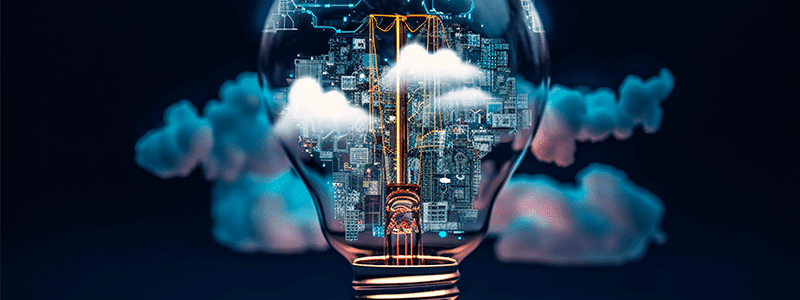The audiovisual production is based on the personal life of Griselda Blanco, who passed away on September 3, 2012.
The new miniseries available on one of the most famous streaming platforms, “Griselda” has not been without controversy.
Recently, Michael Corleone Blanco, son of Griselda Blanco, filed a lawsuit against the streaming platform, Latin World Entertainment Holdings and Sofia Vergara, who stars in and produces the series, among others involved.
The case is based on the unauthorized use of his image and private information that the plaintiff allegedly shared with two former partners after signing an agreement in 2009. Additionally, the material was allegedly made up of fictional creative components.
Then, the information gathered by Griselda Blanco’s heir was allegedly shared with the producers of the streaming platform in charge of the development of the miniseries, who later indicated that they were not interested in moving forward with the project.
In this context, several discussions have arisen regarding the degree of protection and scope of protection of the rights of persons involved in audiovisual works or of any other nature that are based on real facts and persons, as long as the consent of the affected parties has not been obtained.
What considerations should be taken into account in Chile?
Considering the growth experienced by the entertainment industry in Latin America, it is vital to evaluate the main legal issues involved in this case and, consequently, to provide certain basic guidelines that, in our experience, it would be advisable to take into consideration when evaluating the risks associated with the development of projects of this nature.
In Chile there is no single statute regarding the legal treatment of the right to an image, although we can find rules within our legislation that recognize its protection.
In general, its definition is usually understood in negative terms, i.e., the right that a person maintains to not have his or her image captured, disseminated or used by any physical or digital support without his or her consent. On the other hand, it is important to internalize that the right to an image is made up of all those characteristics that make it possible to identify a person, including physical, moral and psychological features, nicknames, voice or even his or her own personality.
In this line and, although there is no regulation of its own, the regulations that implicitly protect its protection, leave no doubt about the need to have an express authorization from the right holder for its use, regardless of the platform or medium.
The public figure
However, the scenario becomes more difficult when the figures potentially affected and the events in which they participated have a public connotation. That is, when there is a social or collective interest in the development of the facts that motivated the creation.
This degree of interest comes to interpose itself as a limitation to the right to the image, enabling the exercise of other types of rights in favor of the creators of content, such as freedom of expression, freedom of information or the prohibition of prior censorship and the right of the author over his intellectual and artistic creations of any kind.
In this order of ideas, the national doctrine and jurisprudence has effectively determined that those natural persons who are recognized as public figures, for example, through a public position, maintain a more limited capacity to prevent the use and exploitation of their image.
Consequently, when the person involved in this type of creations has the aforementioned character and the use of his image is made in objective terms, there could be less risks regarding its use. The above, understanding that each case is particularly different from the other and that the creative components included in the potential works must be evaluated independently.
Notwithstanding the foregoing, it is important to mention that Chile does not have its own regulation on the treatment of the image of persons of public connotation, unlike other countries such as Spain, where the use of images is allowed without the authorization of their owner, when a relevant historical, scientific or cultural interest predominates or when it is about persons who hold a public office or a profession of notoriety or public projection, among other assumptions.
However, the case could be different if, for example, this public figure is linked to the world of show business without any other facts of social interest that could justify the use of his image without authorization, since the risk could be greater if we consider that this type of figures usually use their image as an asset in their favor in monetary terms.
Considering the highly personal nature of the right to image and the fact that it is also made up of other types of fundamental rights that are regulated in our legislation, we cannot fail to refer to the right to honor, which should be considered in a relevant and prior manner when assessing the risks associated with this type of project. For example, if a work based on a real character tries to reveal to the public unknown aspects that are within the scope of a person’s privacy, there could be an infringement, whereas if the work deals with facts of public knowledge, this scenario changes.
Depending on the tenor of the facts linked to the character, there could be other types of actions that the involved party may have in its favor, even in criminal proceedings based on the crimes of slander or libel.
Finally, and for the particular case of the lawsuit related to the miniseries “Griselda”, it will be interesting to define whether the content granted by the partners of the heir to the production company was indeed made up of creative fiction components and whether they were used in the development of the project. Thus, if the assumptions are proven, we would be facing a case that would directly involve the eventual infringement of the copyrights that Michael Corleone Blanco and his brothers maintain over said creation, which could admit less discussion regarding the use of Griselda Blanco’s image as a public figure.
Thus, each project and reference to real-life people must be evaluated. However, we consider that the guidelines provided are useful to evaluate the previous general scope and thus define certain guidelines prior to the implementation of each particular work.
For more information on these topics, you can contact our IP, Tech and Data team:
Eugenio Gormáz | Partner | egormaz@az.cl
Antonia Nudman | Senior Associate | anudman@az.cl
Carlos Lazcano | Senior Associate | clazcano@az.cl
Fernanda Rodríguez | Associate | frodriguez@az.cl
Esteban Orhanovic | Associate | eorhanovic@az.cl




